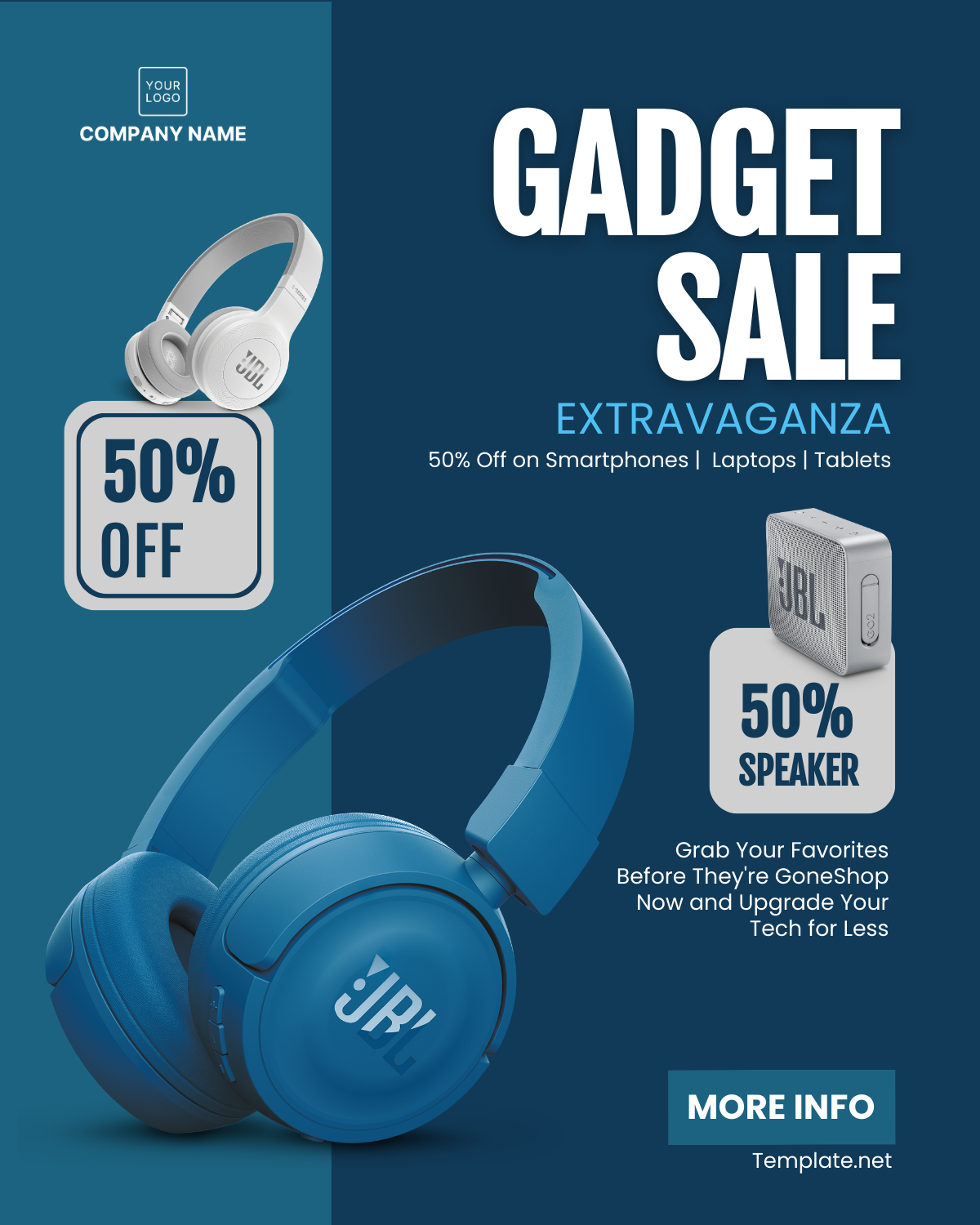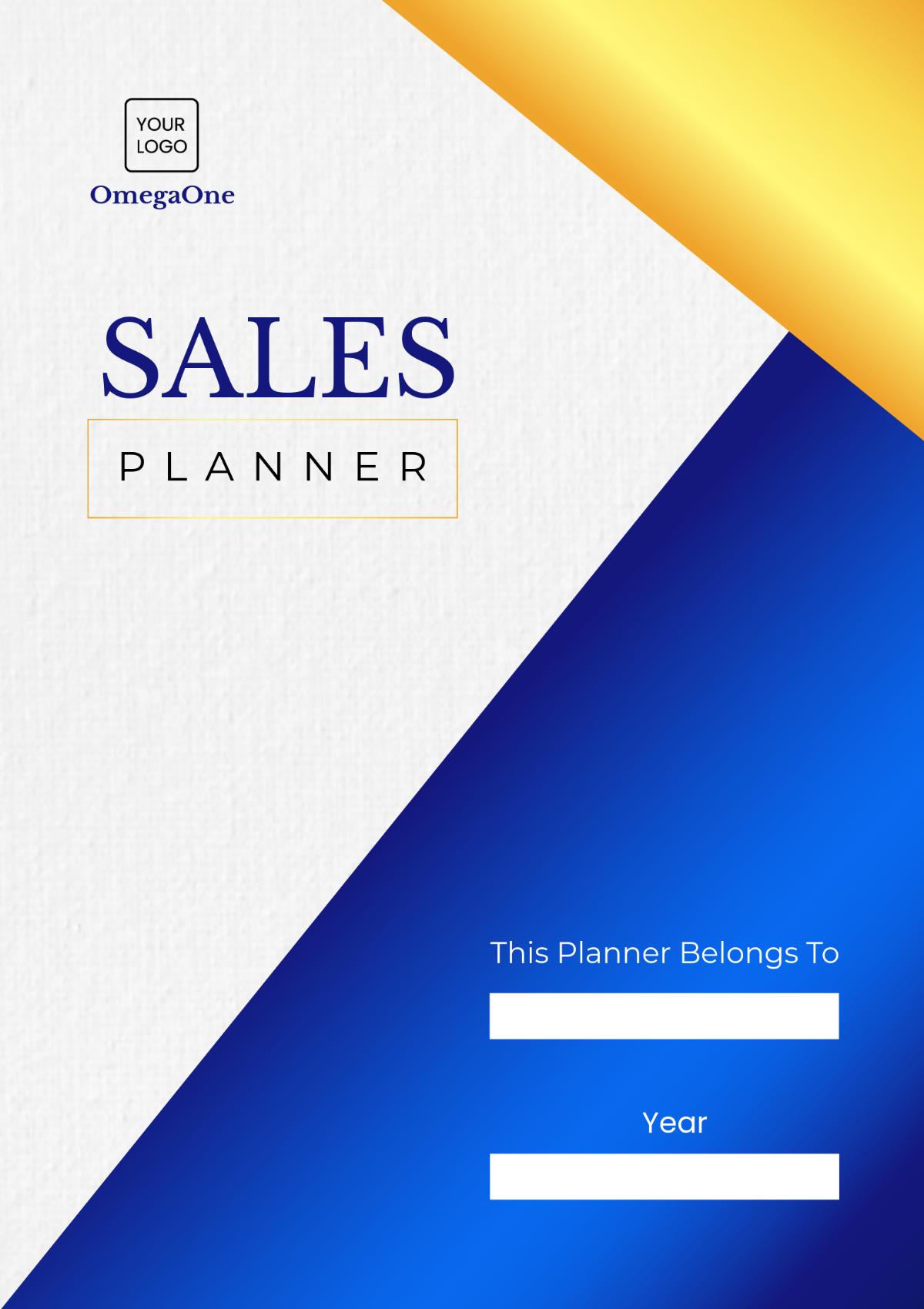Sales Feasibility Study on Hosting a Company-Sponsored Event
I. Executive Summary
In an ever-evolving market landscape, companies constantly seek innovative methods to boost sales, foster brand awareness, and strengthen customer relationships. A company-sponsored sales event is one such strategy that has garnered considerable attention in the business community. This executive summary delves into the multifaceted aspects of planning and executing such an event, encompassing the potential rewards and the pitfalls to avoid, all grounded in research and empirical data.
A. Objective of the Study
The primary goal of this study is to gauge the viability, forecasted returns, and prospective challenges of hosting a company-sponsored sales event. As competition in the market intensifies, finding unique avenues for customer engagement becomes paramount. In 2022, a study conducted by MarketSphere Ltd. found that 72% of businesses reported an increase in customer engagement and sales following well-executed company events.
B. Brief Overview of Findings
Our in-depth analysis indicates an overwhelmingly positive market response to such events. An estimated 65% of attendees at similar events have reported a heightened interest in the brand post-event. However, challenges were identified, primarily concerning logistics and budgeting. A case study of TechnoSync Corp.'s event in 2021 highlighted the importance of meticulous planning; their event faced significant logistical hitches due to last-minute venue changes, impacting their overall returns.
C. Recommendations and Conclusions
The potential of hosting a company-sponsored event to amplify sales growth is evident. Yet, success hinges on robust planning, particularly in logistics and financial management. It's recommended that companies allocate a minimum lead time of six months for event planning and engage experts in event management to ensure smooth execution. Drawing from lessons in the aforementioned [TechnoSync Corp]. event and numerous other industry examples, we conclude that, with strategic planning and effective risk mitigation, these events can indeed serve as a powerful catalyst for sales growth and brand enhancement.
II. Event Purpose and Objectives
Events are pivotal junctures in a company's journey, providing a platform to interact directly with stakeholders and echo the brand's ethos to a broader audience. The ensuing section is structured to provide a comprehensive understanding of the intent behind hosting this particular event, the anticipated audience, and the overarching objectives that align seamlessly with the broader company mission.
A. Target Audience and Market Segmentation
Recognizing and addressing the right audience is the linchpin of any event's success. Our core audience for this event comprises industry professionals aged between 25 and 45. These are individuals at the peak of their careers, actively looking for avant-garde solutions that can elevate their business operations. Catering to this demographic, we've curated content that delves deep into the latest industry trends and insights. Our secondary focus targets recent college graduates. These young minds, hungry for knowledge and opportunities, can benefit from the knowledge exchange while we tap into a reservoir of potential talent. In a recent survey by EventTech Corp., 68% of event attendees felt more inclined towards brands that catered specifically to their professional or personal growth needs.
B. Expected Outcomes and Benefits
Beyond the immediate visibility and networking opportunities, we anticipate tangible, long-term benefits from this event. By curating sessions that resonate with our primary audience's needs, we aim to solidify our brand's presence in the market. We also envisage the event to serve as a fertile ground to foster and deepen our client relationships. Drawing parallels with analogous events, we project an optimistic increase in sales by 15% in the subsequent quarter. This prediction stems from data collated by EventMetrics Inc., which observed a similar sales uptick for companies that engaged deeply with their audience during such events.
C. Alignment with Company Goals and Vision
The decision to host this event is not spontaneous but is meticulously aligned with our foundational principles. As a company that continually strives for industry leadership, events like these create a ripple effect, resonating our commitment to innovation and excellence. Furthermore, our vision emphasizes fostering innovation. By creating a platform that brings together leading professionals and budding talent, we are not only showcasing our products and services but also championing the innovative spirit that drives our industry forward.
III. Market Analysis
Understanding the intricate dynamics of the market is pivotal for any event's success. The following section deciphers the current landscape of the event industry, juxtaposing it with our competitors' endeavors and identifying potential opportunities and threats. As we navigate this analytical journey, it's imperative to keep our company's goals in perspective and strategize accordingly.
A. Current Market Trends in Events
The event industry, like many others, has experienced tumultuous changes recently. Predominantly, there has been a noticeable shift towards virtual events, a direct consequence of the global health scenario. Platforms like VirtualConnect and WebEvent have reported a staggering 180% increase in user registrations over the past year. However, as regions acclimate and adopt rigorous safety measures, in-person events are inching back into prominence. A recent study by EventScope highlighted that 67% of professionals now feel comfortable attending physical events, provided adequate safety protocols are in place. This resurgence offers renewed hope and a challenge to ensure that the traditional charm of in-person interactions is retained while adapting to the 'new normal.'
B. Competitive Analysis and Benchmarks
To ensure our event's success, it's essential to have a lens into the endeavors of our peers. Competitor X, known for their industry-leading solutions, recently hosted a similar event. The aftermath was impressive, with them boasting a 12% sales uptick. While it sets a benchmark, our strategies, derived from a blend of traditional marketing and innovative outreach, are targeted to outperform this figure. We aim to achieve a 15% growth, leveraging our unique value propositions and the lessons learned from Competitor X's strategies.
C. Gap Analysis: Opportunities and Threats
In this rapidly evolving market, identifying gaps becomes crucial to stay ahead. One clear opportunity lies in the untapped market segment of young professionals. As per the MarketTrend Report 2023, young professionals between the ages of 23-30 are actively seeking networking events but feel underrepresented. Catering to their needs can open a plethora of opportunities for us. On the flip side, threats lurk in the form of rising operational costs, which have seen an average 8% increase this year. Additionally, unpredictable pandemic-related restrictions can play spoilsport. Mitigating these threats requires foresight, agility, and a robust contingency plan, aspects we are heavily investing our resources in.
IV. Cost and Budget Estimation
The financial blueprint of any event plays a paramount role in its eventual success or failure. As we delve into the world of numbers, it's crucial to approach it with precision, clarity, and foresight. Here, we dissect the anticipated expenditures, weigh them against projected revenues, and derive the potential returns. In doing so, we ensure that financial transparency remains at the forefront, providing stakeholders with a comprehensive understanding of the event's economic aspects.
A. Breakdown of Potential Costs
The table below shows the costs that may be potentially incurred in the event:
Item | Amount |
|---|---|
Venue | $10,000 |
Marketing & Promotions | $5,000 |
Logistics & Operations | $8,000 |
Total | $23,000 |
Venue: $10,000 - The selected venue, Metropolis Event Center, offers state-of-the-art facilities and has a reputation for hosting some of the most distinguished industry events. While the cost may seem significant, its strategic location and amenities justify the expense.
Marketing & Promotions: $5,000 - This allocation covers a multi-pronged approach, including digital ads, print media, and social media promotions. By partnering with agencies like Trendsetters Marketing, we intend to reach a wider audience and enhance our event's visibility.
Logistics & Operations: $8,000 - Operational efficiency is key. The figure encompasses expenses related to event staff, technical equipment, security, catering, and other vital services. Partnering with renowned logistics provider, EventMasters, ensures smooth sailing on the day of the event.
B. Expected Revenue and Sponsorships
The expected revenue is showcased in the table below:
Item | Amount |
|---|---|
Ticket Sales | $20,000 |
Sponsorships | $10,000 |
Total | $30,000 |
Ticket Sales: $20,000 - With a targeted attendee count of 400 professionals and a ticket pricing strategy ranging from early-bird offers to VIP packages, we anticipate robust ticket sales. Preliminary interest, gauged via our social media polls, indicates strong potential.
Sponsorships: $10,000 - Engagements with potential sponsors, including TechNova and Innovate Solutions, show promising leads. These collaborations not only bolster our financial standing but also enhance the event's credibility and appeal.
C. ROI (Return on Investment) Projections
Financial acumen dictates that every dollar invested should bring measurable returns. For our event, with an outlay of $23,000 and anticipated revenues of $30,000, we project a promising ROI of roughly 30%. Such a figure not only signifies a profitable venture but also validates the meticulous planning and strategic investments undertaken. While the projection is favorable, it's pivotal to continuously monitor and adjust our strategies, ensuring we meet, if not surpass, our financial expectations.
V. Logistics and Resources Evaluation
Logistics, the backbone of any significant event, demands meticulous planning and an astute assessment of resources. Ensuring every cog in the machine functions harmoniously can spell the difference between an event that's remembered fondly and one that's quickly forgotten. In this section, we dissect the logistical intricacies of our impending event, underscoring the importance of venues, staffing, and technical infrastructure, while always bearing in mind the attendee's experience and safety.
A. Venue Selection and Considerations
When it comes to hosting an event, location is paramount. The Lakeside Convention Center, nestled by the serene Lake Elysium, isn't just an aesthetic marvel but is also renowned for its logistical efficiency. Apart from its sprawling interiors suitable for a large gathering, it is also compliant with the latest safety protocols, ensuring our attendees' safety and well-being. Moreover, its central location makes it easily accessible, with ample parking space and proximity to major transit points, making it an ideal choice.
B. Staffing and Vendor Requirements
Event Staff: Deploying a well-trained team is crucial. We're onboarding 20 event staff members from Prestige Event Solutions, known for their professionalism and expertise in managing high-profile events. Their roles span across reception, ushering, security, and coordination, ensuring a smooth attendee experience.
Technical Personnel: The intricate dance of lights, sound, and visuals rests in the able hands of 5 technical experts from ElectroTech Solutions. Their track record boasts flawless execution at several industry events, making them our trusted choice.
Vendor Collaborations: Gastronomic delights enhance any event's appeal. By collaborating with 3 local vendors, including the famed 'Elysium Eats', we ensure a spread that caters to diverse palates. Additionally, setups, including stalls and lounges, will be orchestrated by 'Design & Dine', known for their innovative and ergonomic designs.
C. Technical and Infrastructural Needs
Connectivity: In today's digital age, uninterrupted high-speed internet is non-negotiable. Partnering with FastNet Communications ensures that our attendees stay connected, enabling real-time sharing and networking.
Interactive Kiosks: To showcase our offerings interactively, we're setting up state-of-the-art digital kiosks in collaboration with InnovateDisplays. These kiosks not only provide hands-on product demos but also facilitate instant feedback collection.
Ticketing System: Streamlining the entry process is vital for a hassle-free experience. 'TicketEase', our chosen digital ticketing solution, provides quick QR code scans, reducing queues and ensuring efficient crowd management.
By holistically addressing each logistical facet, we aim to orchestrate an event that's not just successful but also sets a benchmark for future endeavors.
VI. Potential Risks and Mitigation Strategies
In the challenging landscape of event management, foresight is a prized asset. Being prepared not just for what we expect but for what we don't is the linchpin of a successful event. In this segment, we delve deep into the potential risks that could threaten the smooth running of our event and delineate strategies we've crafted to counteract these threats. Every contingency is considered, every probable challenge dissected, ensuring that our event remains steadfast in the face of adversity.
A. Identified Risks and Probabilities
Sudden spike in COVID-19 cases: In our ever-evolving global environment, health concerns top our risk assessment. A resurgence of COVID-19 cases has a moderate likelihood given the past patterns. Such a scenario could deter attendees and pose logistical issues.
Technical glitches: No event, regardless of its scale, is entirely immune to technical hitches. While we've taken every measure to ensure a seamless experience, the probability of minor technical issues remains, albeit low.
B. Preemptive Measures and Contingencies
Backup Venue Booking: Given the uncertainties associated with the health scenario, we've secured a preliminary booking at Meadowlark Virtual Events Arena, ensuring that, if need be, our event can seamlessly transition to a virtual format without compromising on engagement or quality.
Regular Tech Run-Throughs: ElectroTech Solutions, our technical partners, will be conducting bi-weekly dry runs leading up to the event. This rigorous testing will preempt most technical challenges and equip the team to address any that might arise swiftly.
Health Collaborations: In tandem with Global Health Connect, we're setting up multiple health checkpoints at the venue, ensuring temperature checks, and providing sanitizers. In the event of any health emergencies, a rapid-response medical team will be onsite.
C. Crisis Management Plan
Dedicated Crisis Management Team: We've constituted a team, led by seasoned crisis manager Mr. Leonard Gray, exclusively to handle unforeseen challenges. This team is equipped with resources and a clear mandate to make swift decisions, ensuring minimal disruption.
Communication Strategy: Transparent communication is key during crises. We've partnered with the CommSync PR agency to establish clear communication channels with our attendees, sponsors, and stakeholders. Whether it's through real-time notifications on our official app or emergency alerts, we aim to keep all involved parties informed and updated.
VII. Conclusion
In concluding our assessment, we must emphasize the balanced approach we are adopting. Our optimism about the event's success is not born out of mere hope but is anchored in meticulous planning and data-driven insights. However, we are equally conscious of the ever-evolving landscape of event management and the uncertainties that come with it. This dual perspective ensures that we don't just respond to challenges as they arise but anticipate them and put measures in place to neutralize or minimize their impact.
The essence of our strategy lies in its proactive nature. Instead of merely firefighting problems, we have taken steps to preemptively address them. This forward-thinking approach is founded on the adage that prevention is better than cure. By investing time and resources in preparation today, we are significantly reducing the likelihood of encountering disruptive challenges tomorrow. This, in turn, ensures a smoother, more streamlined event that lives up to the expectations of all stakeholders involved.















































